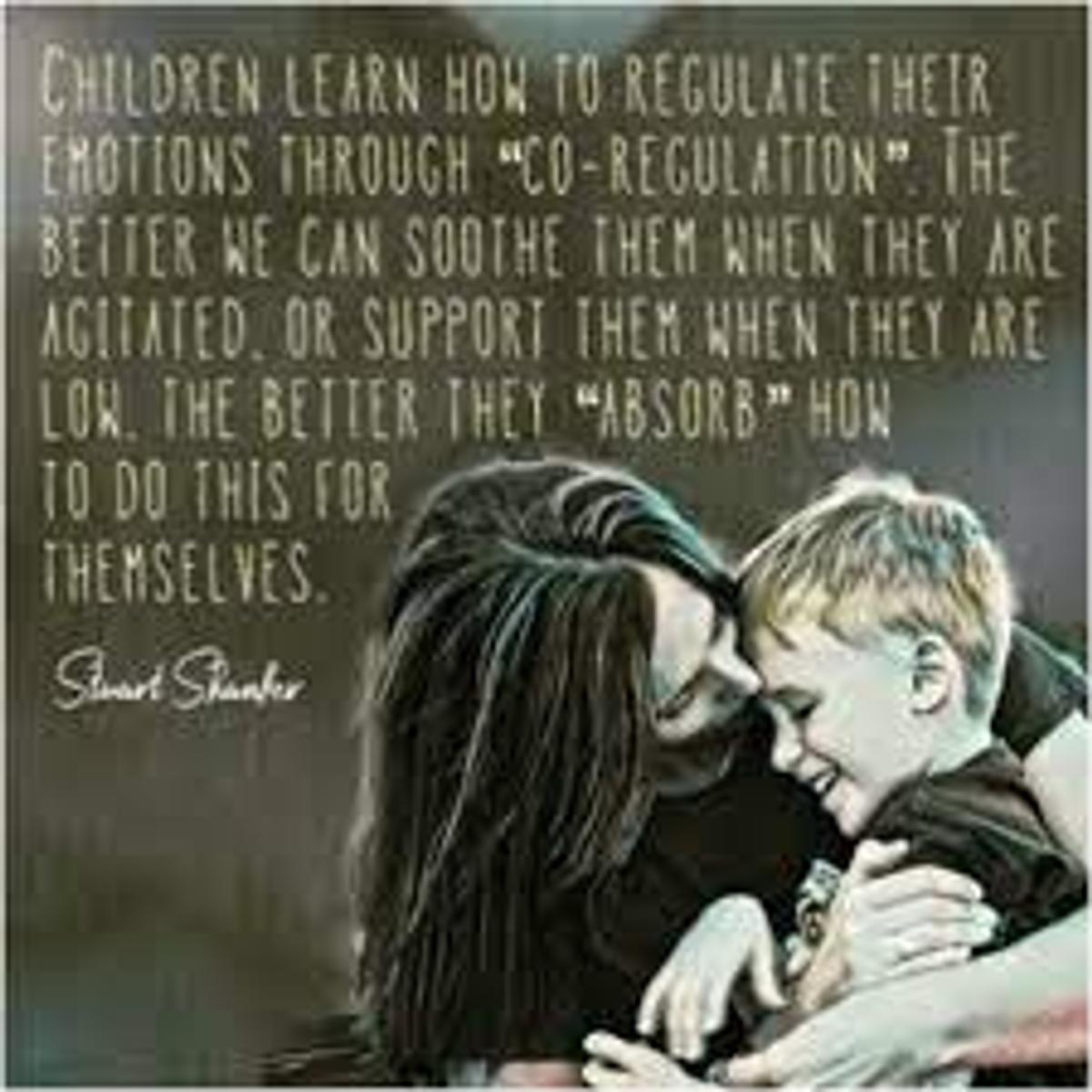Wellbeing
Tanya Stefanec

Wellbeing
Tanya Stefanec


Emotional Regulation
Neuroscience shows that humans develop their abilities for emotional self-regulation through connections with reliable caregivers who soothe and model in a process called “co-regulation.” - Howard Bath
Emotion can be experienced very differently from person to person and every person has times when emotions can become to big and overwhelm them. This is true for adults and children alike. The biggest difference is that adults have had time to work on regulating their emotions and their physical and behavioral responses to them.
Children especially when they are young rely on strong attachment relationships with careers to help regulate their emotions. Some children have a lot of difficulty regulating their emotions and impulses, co-regulation assists them to manage their emotions as they arise and develop self control over the longer term. Our need for co-regulation continues throughout our lives at times of crisis we often manage emotions with the support of attachment relationship. Children learn to control emotions as they get older but will still be overwhelmed and need external soothing and support.
How do I co-regulate?
There are three main areas of support that a parent or care giver can provide for children to successfully co-regulate they are:
Providing a warm, responsive relationship by;
Teach self-regulation skills through modeling;
Structure the environment to make self-regulation manageable;
Co-regulating with your child can actually be an opportunity for connection. Through it they can be real with us in a very raw way, and we still show unconditional love. It is an opportunity for closeness and connection building.

